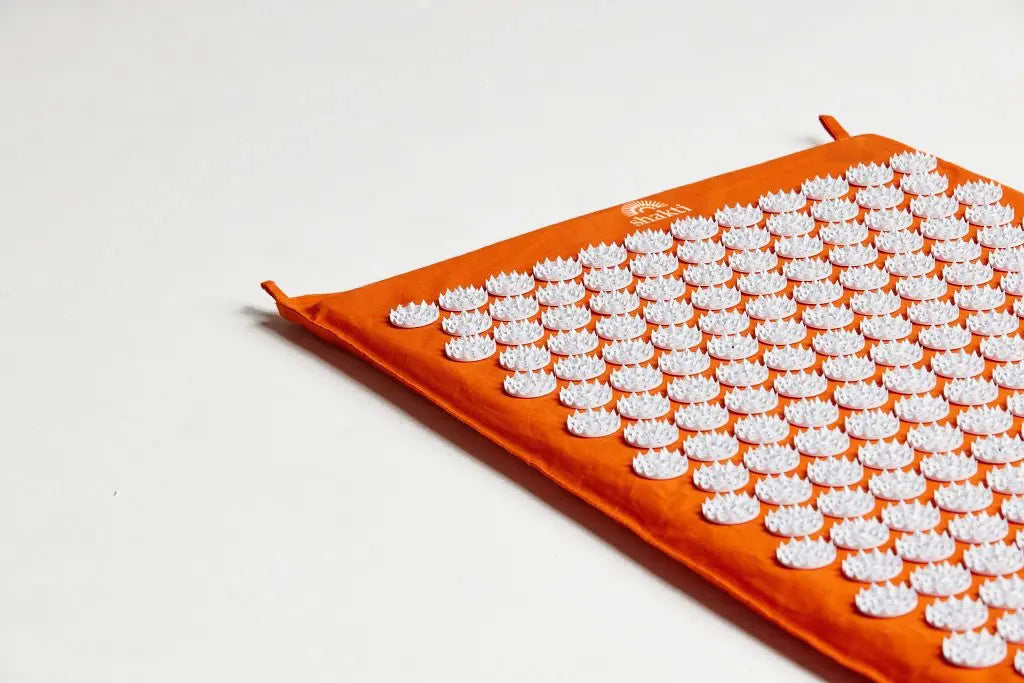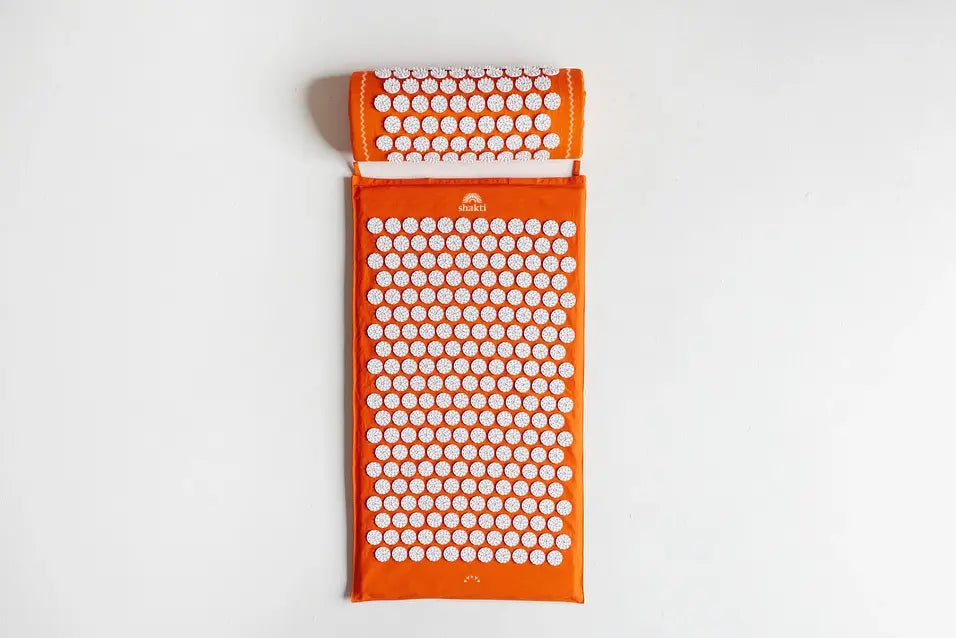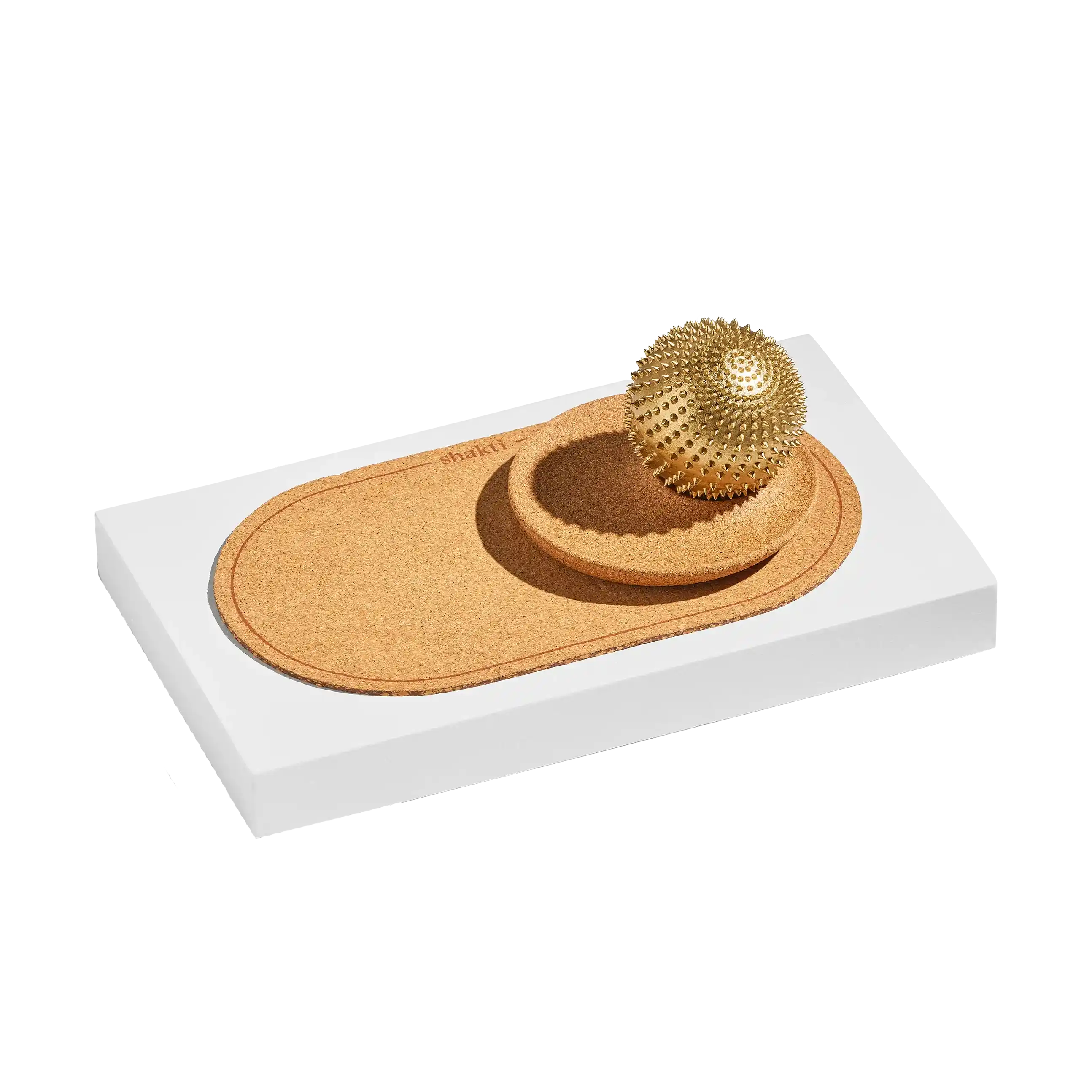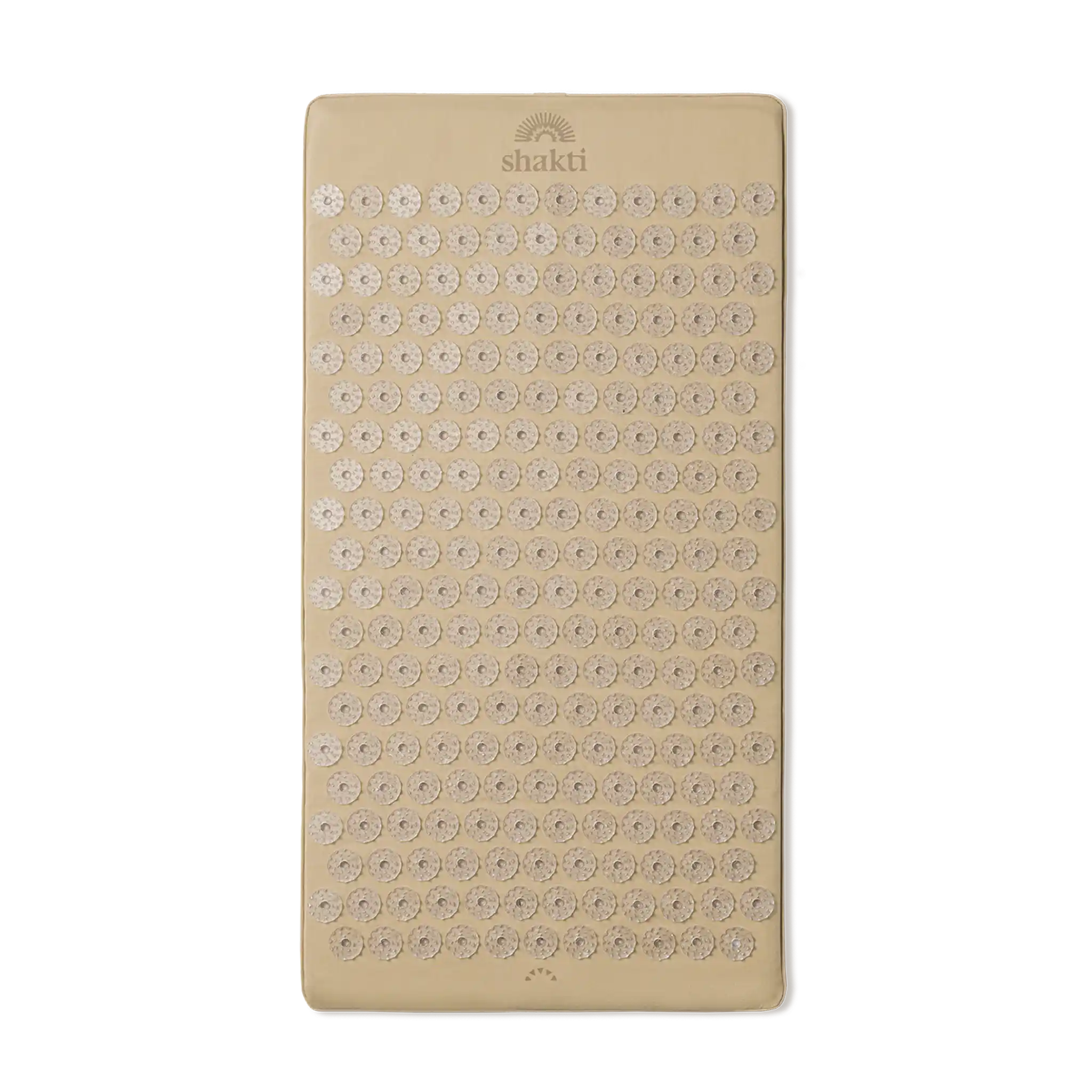You notice suddenly or over a longer period of time that it is not possible to take a deep breath. Your chest feels tight, your breathing stops and there is often an additional feeling of anxiety. You may even have the feeling that something is literally "blocked" in your chest. The feeling of finding it difficult to catch your breath is unsettling and can significantly restrict your everyday life. Which may relax you a little: Often there is no acute danger behind it, but a cause that you can easily get under control.
In this article, we take a closer look at what lies behind a blockage when taking a deep breath and what you can do to be able to breathe freely and easily again.
The most important thing for you:
- Pain in the back of the knee can have many causes, but you can often counteract it yourself
- Symptoms: pain, pulling, feeling of pressure, limited mobility, swelling and discoloration
- Common causes: Overloading through sport, injuries to the tendons or ligaments, in some cases thrombosis, irritation of the menisci, inflammation of the joint capsule, circulatory disorders and vascular diseases, incipient osteoarthritis, incorrect loading of the knee, knee TEP
- Practical measures: PECH principle, stretching exercises, acupressure
- Prevention: avoid overloading, take breaks during sport, maintain a healthy posture
Content
1. many structures of the body are involved in breathing
2 The feeling of not being able to take a deep breath - what's behind it?
4. feeling of pressure when inhaling: this may be the cause
5. blockage during deep inhalation: what to do?
6. not being able to take a deep breath: Releasing breathing blockages with the help of acupressure
7. release blockages when inhaling using various breathing techniques
Many structures of the body are involved in breathing
Breathing is a highly complex process in which numerous structures in your body work together perfectly. Your rib cage consists of the ribs, the sternum and the thoracic spine and is the protective frame for important organs such as the heart and lungs. Muscles run between the ribs that raise and lower your ribcage with every breath; supported by other muscles in the shoulder and back that work together during particularly deep or strained breathing.
The diaphragm - a flat muscle that separates the chest and abdominal cavities - plays a central role. When you inhale, the diaphragm contracts and lowers, thus enlarging the space in the chest. This creates a negative pressure that allows air to flow into the lungs. When you breathe out, the diaphragm relaxes, rises again and gently pushes the air out of the lungs. All these elements - from the bones and muscles to the diaphragm and lungs - must work together harmoniously so that every breath flows effortlessly.
The feeling of not being able to take a deep breath - what's behind it?
Why can't I take a deep breath? Where does a blockage in deep breathing come from and what can I do? These questions can usually be answered very well from a medical point of view. It is not a complete cessation of breathing or a life-threatening situation, but "merely" a restriction in the depth of breathing. Those affected find it difficult to expand their chest or abdomen enough to take a deep breath. This blocking sensation can either occur spontaneously and for a short time or persist over a longer period of time.
It is important to distinguish between acute shortness of breath and the feeling of not being able to take a deep breath. In acute breathlessness, the body lacks oxygen, which is immediately life-threatening, combined with severe shortness of breath, bluish skin or dizziness. The feeling of "not being able to breathe deeply", on the other hand, means that mechanical, muscular or nervous factors are restricting the breathing movement. However, the oxygen content in the blood does not drop critically as a result.
These are possible causes
Can't take a deep breath? For a deep breath to be successful, the chest, muscles and diaphragm must work together harmoniously. If this process is disturbed, the feeling arises that you can no longer inhale freely and deeply. There are often several factors that work together and reinforce each other.
Muscle tension in the chest and back area
The intercostal muscles in particular play an important role in every breathing movement. They raise and lower the ribcage, allowing the lungs to expand sufficiently. However, if these muscles are hardened or shortened, the mobility of the ribs is significantly restricted. This also makes breathing feel blocked or superficial.
The muscles in the upper back and shoulder blades can also impair the flow of air. For example, one-sided strain, prolonged sitting or poor posture due to a non-ergonomic workstation can cause the chest to narrow inwards. This leaves less room for breathing and breathing generally becomes shallower. This cycle then leads to increased tension and blockages when breathing in deeply.
Blockage during deep inhalation: diaphragm as the cause
The diaphragm is the most important breathing muscle, which is active with every breath. If this muscle tenses or becomes blocked, this has a direct effect on the depth of breathing.
Possible causes of restricted breathing due to diaphragmatic blockages include
- Tension due to prolonged sitting, stress, incorrect breathing technique or overloading
- Injuries such as bruises or strains in the chest or abdominal area
- Diseases such as diaphragmatic paralysis or diaphragmatic protrusion
You can usually feel a diaphragmatic blockage through a pressing or stabbing pain in the chest, back or upper abdomen. When you take a deep breath or cough, the sensation intensifies even further.
Stress and mental tension block deep breathing
If you are very busy at work or have a lot of stress in your private life, this mental strain can also have a direct effect on your breathing. Instead of breathing deeply and evenly, your body then unconsciously falls into shallow, rapid breathing. This always happens when you are particularly tense or nervous, anxious or feel under pressure.
If this becomes a permanent condition, your nervous system is in a permanent "alarm mode". In this state, the chest no longer expands as much and the diaphragm no longer works with its full range of motion. The longer this condition lasts, the more the muscles in the neck, shoulder and chest area can become tense. This further restricts the depth of breathing.
Problems with deep inhalation due to thoracic spine syndrome: spinal or rib blockages
Blockages in the thoracic spine (thoracic spine) or ribs can also significantly restrict your breathing movement. If individual vertebrae or ribs become "jammed" in their natural mobility, the entire rib cage no longer works freely and you will feel this with every breath.
Typical signs of a blockage in the area of the thoracic spine or ribs are
- Pain when breathing deeply, especially in a certain body position
- Restricted mobility of the upper body, e.g. when turning or tilting
- A feeling of pressure or tightness in the chest that becomes stronger when inhaling
Such blockages are usually caused acutely by jerky movements, an unfavorable sleeping position at night, general poor posture or overloading of the spine.
Breathing in deeply is difficult: diseases of the heart or lungs
Not every blockage during deep inhalation has its origin in the muscles, joints or diaphragm. In rare cases, heart or lung diseases can also be the cause. These diseases can affect the chest or airways to such an extent that it is difficult to take a deep breath.
Medical clarification is particularly important if the following symptoms occur in addition to the breathing problems:
- Sudden or severe shortness of breath
- Pain or pressure in the chest that radiates to the arm, back or jaw
- Blue coloration of lips or fingers
- Dizziness, fainting or unusual tiredness
Such symptoms indicate serious illnesses such as a heart attack, pulmonary embolism, asthma or pneumonia and should be examined by a doctor immediately. The same applies to unclear or prolonged breathing problems: it is better to have too much checked out by a doctor!
Feeling of pressure when inhaling: this may be the cause
If you not only have problems with deep breathing but also experience a feeling of pressure at the same time, other problems can lead to these symptoms in addition to the causes already mentioned, such as a cramped diaphragm, rib blockages or tension in the back. Diseases such as asthma, bronchitis, heart problems or inflammation of the pleura can also contribute to a feeling of pressure in the chest.
Pay particular attention to these signs, which you should definitely have checked out medically:
- Shortness of breath or wheezing
- Sharp or burning pain in the chest
- Fever or cough with sputum
- Tightness in the chest
Blockage during deep inhalation: what to do?
What to do if you can't take a deep breath? The measures that actually help you if you feel a blockage when taking a deep breath and what you can do always depend on the cause. If there is muscular tension, incorrect posture or a cramped breathing technique, these can be released through targeted relaxation, gentle mobilization or breathing exercises. In other cases, such as rib blockages or an irritated diaphragm, heat, physiotherapy treatments or acupressure can restore mobility. So let's take a closer look at your deep breathing blockage and what you can do about it.
Tip 1: Immediate measures to relax the respiratory muscles: what you can do
A blockage suddenly occurs when you take a deep breath and you ask yourself: What to do? Perhaps you feel a sense of panic or inner restlessness. This is understandable, but it only exacerbates the tension and makes your breathing even shallower in this state of alarm. Now it's time to stay calm. With the following immediate measures, you can release the tension, loosen the muscles and give your breathing more space again.
-
Breathe slowly and consciously
Sit or stand up straight. Place one hand on your stomach and breathe in slowly through your nose so that the abdominal wall rises slightly. Then breathe out again through your slightly open mouth. Repeat this several times without tensing up. -
Loosen your shoulders
Consciously lower your shoulders and slowly roll them backwards. This releases the tension in your neck and upper back and makes it easier for your chest to expand. -
Open your chest
Clasp your hands behind your head or place them loosely on the back of your neck. Gently pull your elbows outwards without falling into a hollow back. This posture opens up the chest and gives you more room to breathe.
Tip 2: Warmth & stretching for your chest and back muscles
Heat is an absolute panacea for many complaints and especially blockages when it comes to loosening tense muscles. Of course, this also applies to the muscles in your chest. So if you want to do something about a blockage when taking a deep breath, then be sure to use this natural support.
Heat stimulates blood circulation so that the muscles are better supplied with oxygen and nutrients. This can relieve both pain and the feeling of pressure when taking a deep breath. The pleasant temperature not only relaxes the large muscle groups in the back and chest area, but also smaller muscles such as the intercostal muscles. This has a direct effect on the breathing movement, as the chest gives way more easily and can lift more freely when inhaling.
Tip 3: Blockage when taking a deep breath: what can you do to relax the diaphragm?
If your central respiratory muscle tenses up due to stress, incorrect breathing habits, sitting for too long or physical overload, a blockage occurs when you take a deep breath. What can you do to release it? In this case, it is particularly important to give your body a rest and allow yourself to relax sufficiently. Sit or lie down in a comfortable, upright position so that your chest has enough space. Make sure you always keep your stomach relaxed and try to breathe slowly and without pressure. Warmth in the abdomen or lower chest area also has a supportive effect.
Tip 4: Improve your posture for free breathing
Your posture also plays a major role in the unimpeded flow of air. If, for example, the thoracic spine has become immobile due to sitting in an unfavorable posture for a long time, one-sided strain or poor posture, the rib cage can no longer rise and fall optimally. This results in a blockage when inhaling deeply. What can be done to release this?
Make a conscious effort to maintain an upright posture in your everyday life, whether you are sitting or standing. Keep your back straight, let your shoulders sink backwards in a relaxed manner and avoid forming a hunched back. Gentle mobilization movements create more space for the lungs, for example by stretching your upper body slightly backwards or moving your spine in all directions.
Not being able to take a deep breath: Releasing breathing blockages with the help of acupressure
Acupressure is a millennia-old treatment method from traditional Chinese medicine in which targeted, gentle pressure is applied to certain points on the body. These points are located along so-called meridians, through which the life energy (Qi) flows according to Far Eastern teachings. The main purpose of acupressure is to release blockages in this energy flow, but the positive effects can also be explained from a Western perspective. The punctual pressure increases blood circulation at this point, releasing tension in the muscles and fascia and stimulating the metabolism. It can also induce a state of deep relaxation.
Acupressure can be helpful for breathing in several ways. Many acupressure points are located on the shoulders, back or chest and are therefore directly connected to the muscles that support the breathing process. When these pressure points are activated, the aforementioned process is set in motion, which has a positive effect on your breathing.
How to use acupressure for better deep breathing at home
If you feel a blockage when you take a deep breath and ask yourself "What can I do?", why not try acupressure for yourself? Shakti Mat has developed high-quality acupressure mats made from recyclable, medical-grade ABS plastic.
Can't take a deep breath? Then use the following instructions for using the acupressure mat:
- Prepare: Place the mat on a flat, comfortable surface such as a bed, sofa or yoga mat. Put on a thin T-shirt to slowly get used to the feeling.
- Position yourself: Lie on your back on the mat so that your upper back, shoulder blades and neck are in contact with the tips. Make sure that your chest is free and can move freely when breathing.
- Breathe & relax: Close your eyes, breathe calmly and evenly into your belly and try to breathe a little deeper with each breath. Stay in this position for 10-20 minutes to allow the full effect to unfold.
The targeted stimulation of certain points on the back, neck and abdomen can now relieve tension.
Release blockages when inhaling using various breathing techniques
If you feel a blockage when taking a deep breath and want to do something about it, you can also consciously work on your breathing technique. Just a few minutes of conscious breathing can significantly alleviate the feeling of pressure when breathing.
-
Abdominal breathing (diaphragmatic breathing):
Place one hand on your stomach and breathe in slowly through your nose. Concentrate on raising your abdominal wall while keeping your chest as still as possible. Then breathe out slowly through your mouth and feel your abdomen lower again. -
Lip brake:
Inhale deeply through your nose and then exhale slowly through almost closed lips, as if you were gently blowing out a candle. This technique prolongs the exhalation, relaxes the airways and can help to regulate the flow of breath.
Conclusion: Blockage when breathing in deeply - what you can do and what really helps
A blockage when taking a deep breath can seem scary at first, especially if you feel like you're not getting enough air. It is often caused by something harmless such as muscular tension, an unfavorable posture or simply stress. By listening to your body, being mindful of yourself, relaxing in a targeted manner and integrating simple breathing and posture techniques into your everyday life, you can gradually regain your breathing depth. Acupressure can also help you to do this effectively.



















